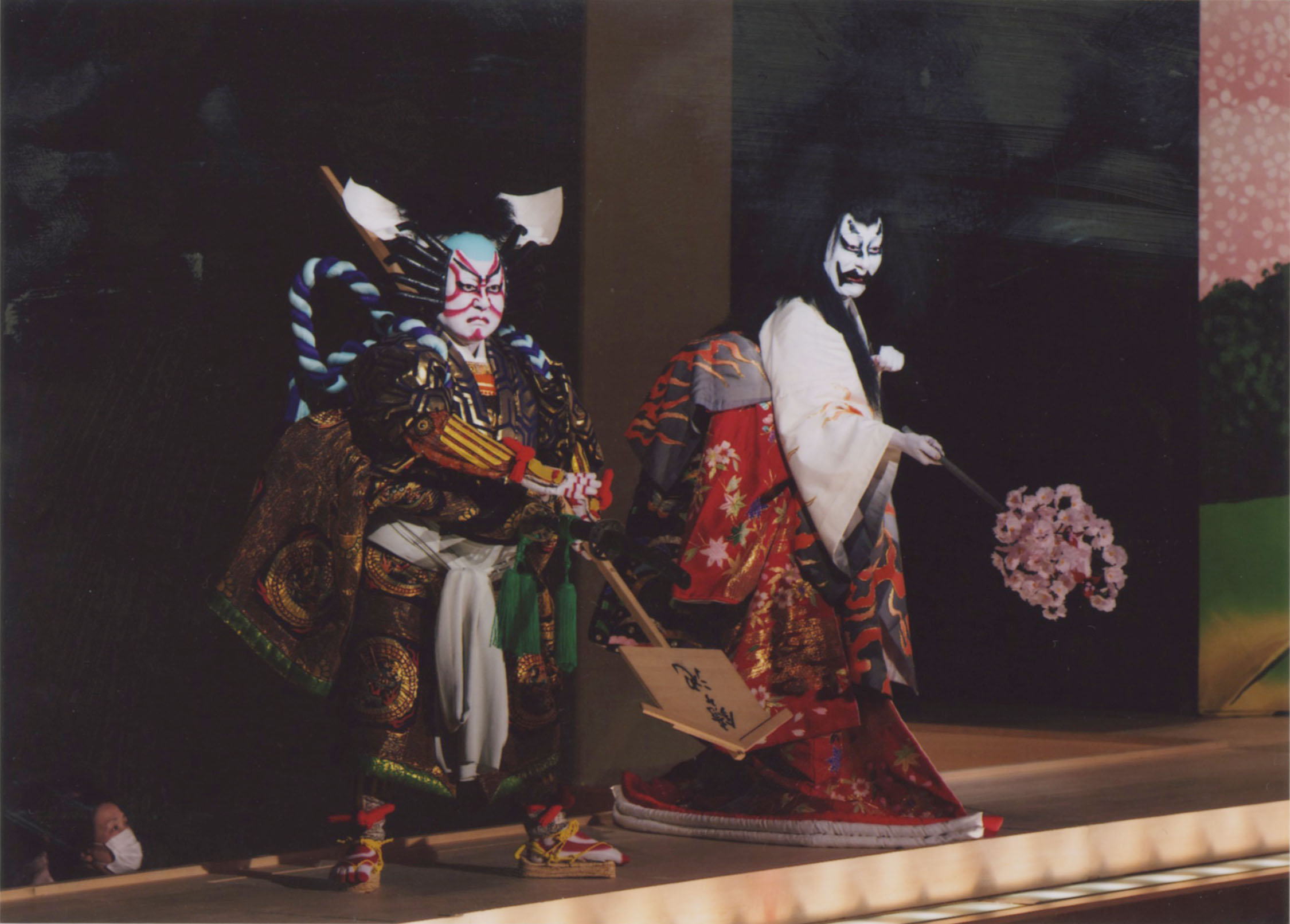"Sumidagawa Hana no Goshozome" ("The Sumida River Adorned with Cherry Blossoms") by Tsuruya Namboku IV (1755-1829), now showing at the National Theater of Japan, was written to be a blockbuster.
It was created for the Ichimura-za theater in Edo in 1814, when kabuki was an extremely popular form of entertainment for the townsfolk. To excite such a fan-based audience, Namboku, who was 59 at the time, brought together familiar elements of several popular noh and kabuki plays and combined them into a new epic.
He borrowed from the legend of Seigen, a young monk from Kiyomizu Temple, who was condemned to hell for falling in love with the princess Sakurahime. He used the story behind Umewakamaru, the son of Kyoto-based Yoshida family, who died tragically at the Sumida River. And he used characters from "Kagamiyama," a play following the troubles of Iwafuji, Onoe and Ohatsu — maids of the shogun's household.

















With your current subscription plan you can comment on stories. However, before writing your first comment, please create a display name in the Profile section of your subscriber account page.